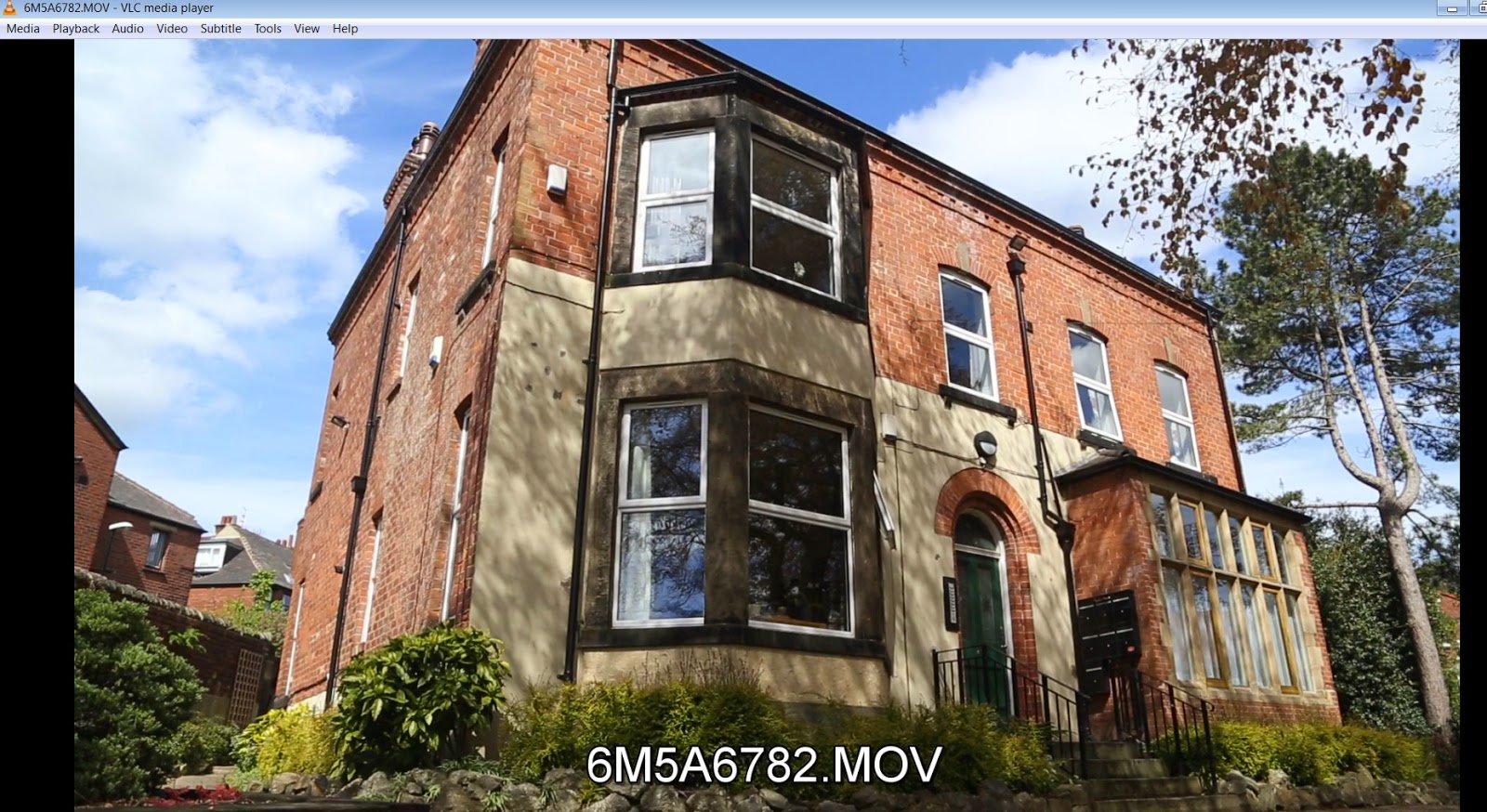In the last three weeks of this project, I have been editing the two films. I started off placing the scenes in the sequence I wanted and then later cleaned up the editing.
After having a talk with Matt Burton in the AV room, he gave me some good critique of the film 'Stolen Goods' and highlighted some mistakes that I can later improve on in the future.
The films are meant to be short but now that I am in the post-production stage, due to the stress of not having a crew and not being able to find actors, I forgot to make sure that I filmed many angles of each scenes, instead I sometimes only had a mid-shot of one scene, decreasing my options in the editing stage. This could have been avoided if I had kept a log book of the shots which I started at the beginning but I was doing so much multitasking that I stopped halfway through.
I roughly kept in line with my shot list but also did not do the basic necessity of getting the required shots per scene. Getting all the required shots would mean I also have variety for dialogue allowing me to cover up and mishaps.
The lighting in my film 'Stolen Goods' was really good in most scenes, however the scenes that took place on the sofa and in front of the wood board had harsh shadows from the actors. I learnt that this can be avoided by creating enough space between the actors and set, which I felt I did but I can see I made the set a little too squashed, not allowing enough room to light the set and actors separately.
My aim from the beginning was to keep the story focused and not fill any scenes with un-necessary fillers, however I know now that in film that is not always possible, especially when trying to show the passage of time, fillers are great tool to utilise. Instead, the main method I focused on to show the passage of time was by changing the character's outfits which works but the fillers would also have helped the pace of both films better.

I managed to quickly shoot some filler scenes for the second film, just to give the film a better structure. If I had more time I would have done more filler scenes but then I would also need to call the actors which would not be feasible. However, for the future I understand how filler scenes help a film, and establish the story in the location or time. Since I was focused very much on telling the narrative through dialogue, it is good to get constant feedback on storyboards and shot lists to make sure that the audience can understand what you are trying to convey.
































